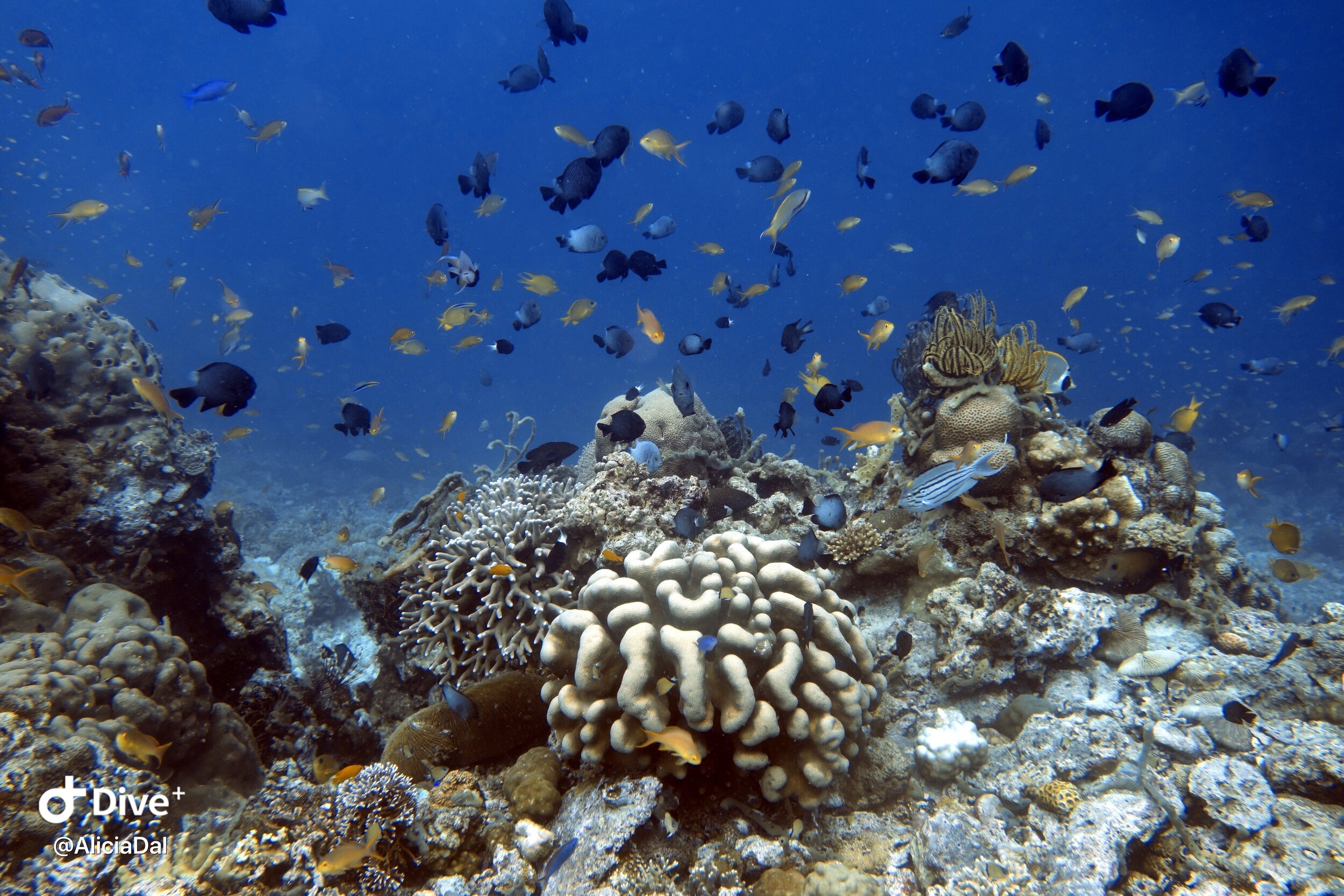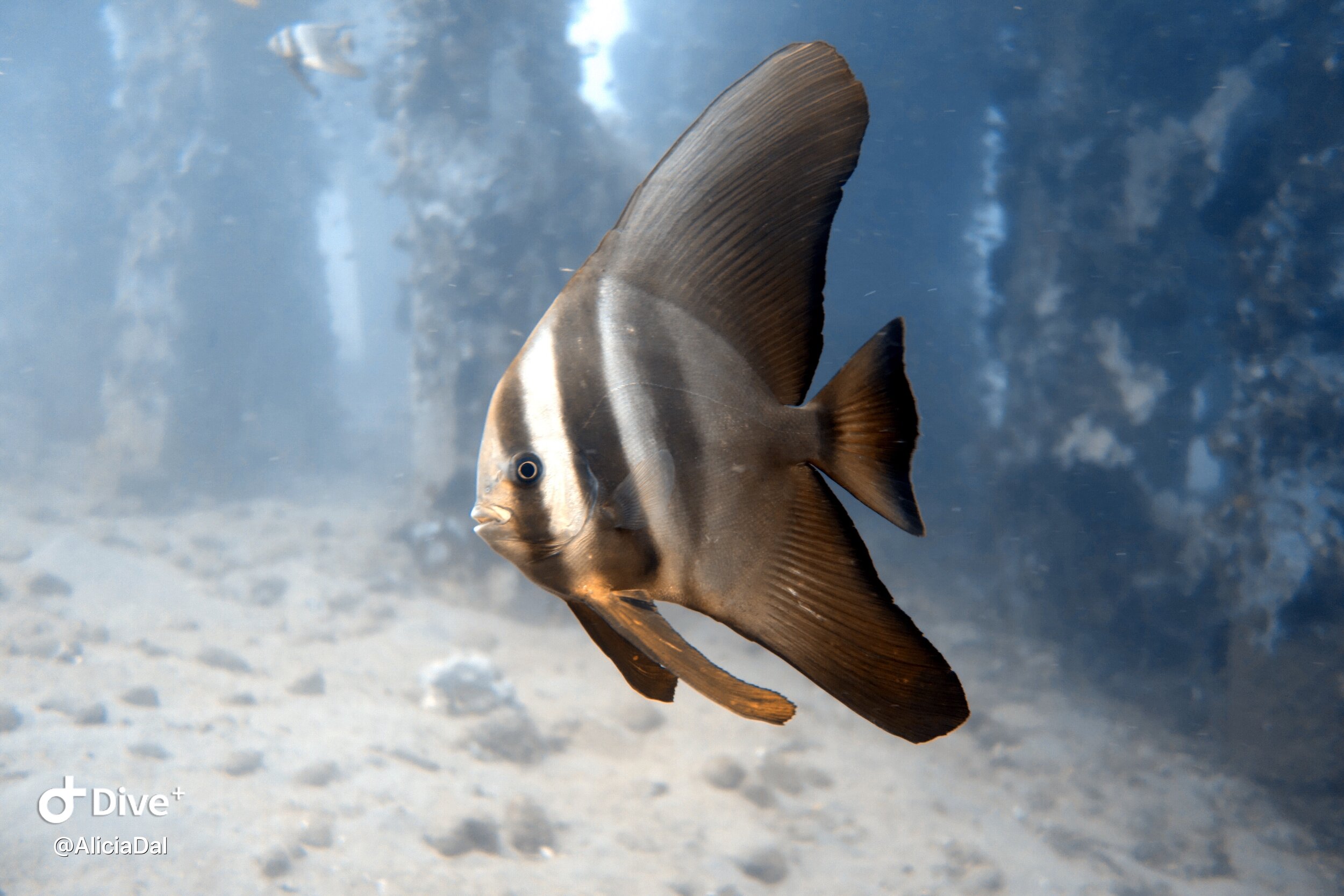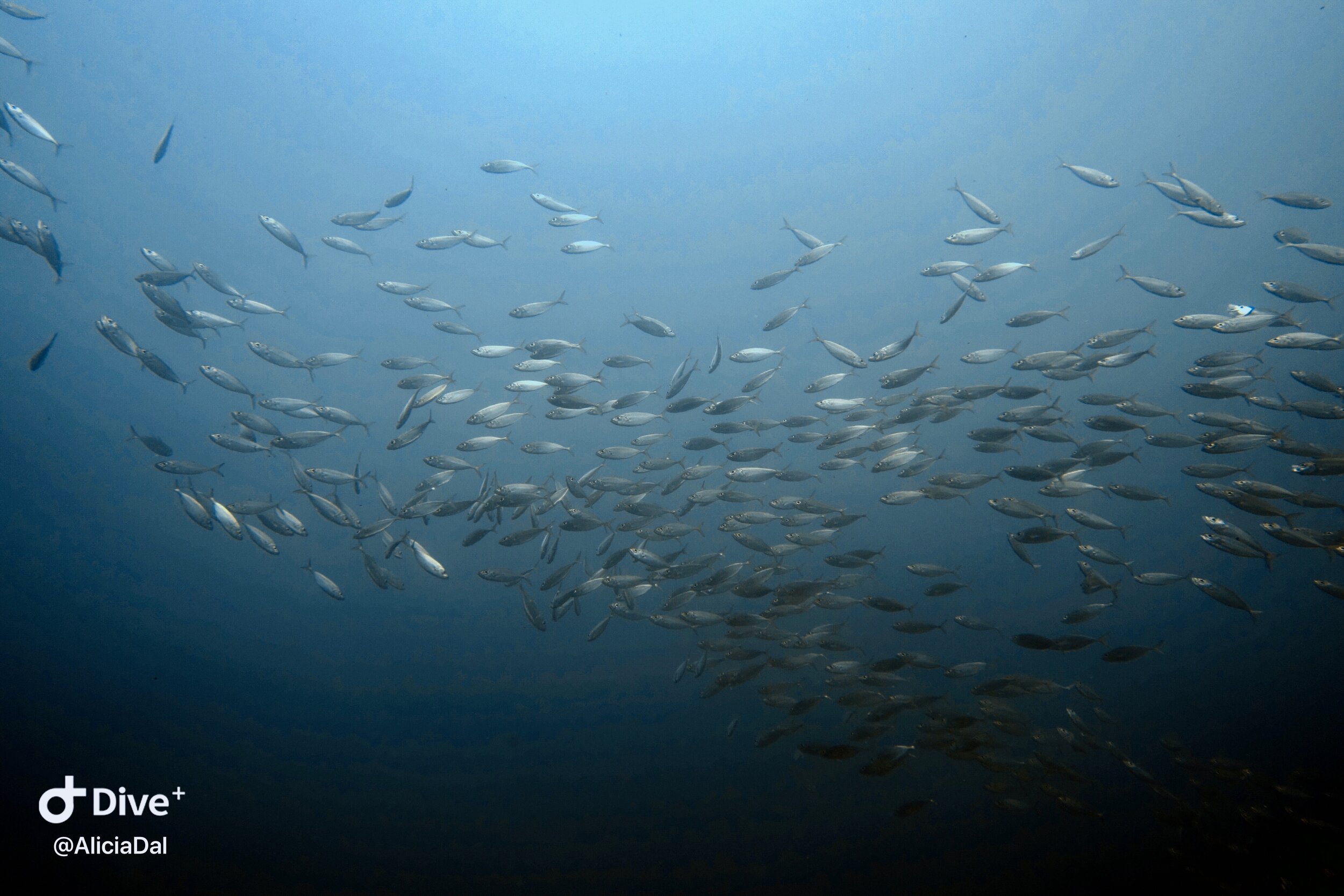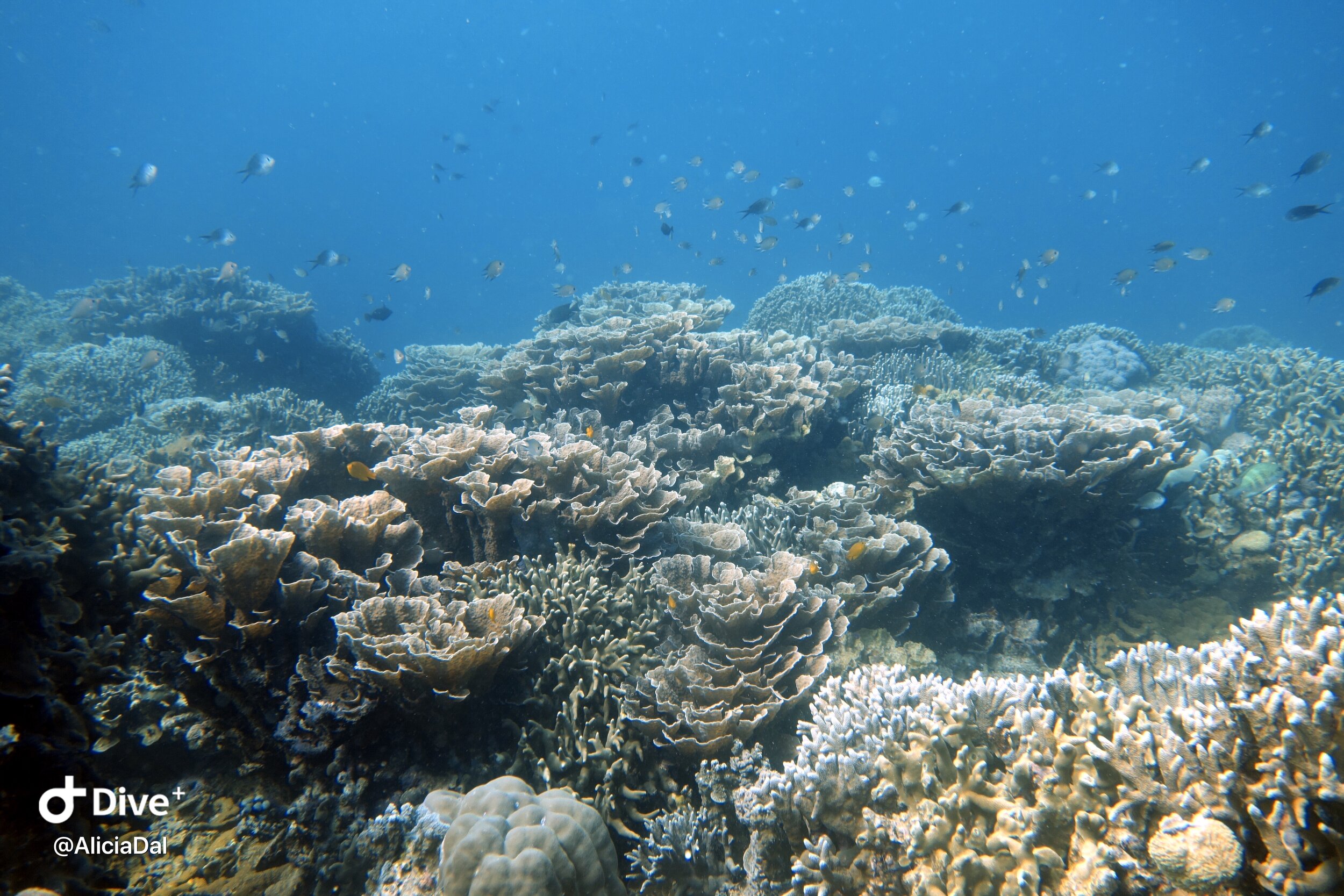Marine Protected Areas: Silver Bullet or Smokescreen?
Alicia Dalongeville
Marine protected areas (or MPAs for short), are the protected areas of our oceans, where human activity is restricted to conserve our precious resources, ecosystems and biodiversity that exists beneath the waves. However, are MPAs useful, and do they work? Alicia Dalongeville, marine biologist and PhD researcher, weighs up the pros and cons.
Why do we create MPAs?
As you have probably heard, our beloved oceans are under numerous threats worldwide. Most of these threats are induced by human activities, such as overfishing, water pollution, destruction of habitat due to coastal development, and (of course) climate change. In 2010, the Convention on Biological Diversity adopted the Aichi Biodiversity Targets which set a target of “at least 10% of coastal and marine areas to be conserved by protected areas” by 2020. In 2014, the World Parks Congress increased that target to 30% by 2030. However, the 2020 deadline has now past, and only 4.8% of the world’s oceans are protected in ‘implemented and actively managed marine protected areas’ (MPAs). Although valuable conservation efforts have been made over the past decade, there is still a long way to go to efficiently protect our marine biodiversity.
Little nudibranch Nembrotha milleri. Photo: Alicia Dalongeville.
Are MPAs truly working?
Yes - they can! Studies have shown that restricting or banning fishing activities from specific areas allow fish populations to recover and increase the catch in neighbouring fishing grounds. Fish are generally more diverse and abundant inside protected areas, especially large species that are usually targeted by fisheries, and those fish produce juveniles that replenish the nearby fishing areas.
In addition, the abundance of prey attracts predator species such as tunas, sharks, and rays, and the high diversity of species enhances the functioning of the whole ecosystem. Hence, MPAs often enclose beautiful reefs, which promote the development of marine related tourism, leading to positive outcomes on the local economy and infrastructures.
So what is the problem?
Sounds too good to be true? Of course, conservation is never that easy! A lot of the established MPAs are still lacking management and enforcement, which makes them inefficient (what conservationists call ‘paper MPAs’). As an example, a recent study published in the scientific journal Science has shown that 59% of European MPAs are illegally fished. The situation is likely even worse in developing countries, which do not have the economic or human resources to enforce protection measures.
The designation of an MPA itself is not an easy process, as it is generally difficult for all stakeholders (fishermen, conservation NGOs, the tourism industry, and local / national governments) to come to an agreement on which areas should be protected, and to what extent. A lot of existing MPAs have been placed in areas which already have little human use to avoid conflict, with little regard for scientific considerations. Many others have been imposed on local communities - and are therefore rejected and mistrusted. Yet, biological and social harmony are the cornerstone of successful MPAs.
Abundant fishes, and an example of a healthy, functioning reef in an MPA in Apo island, Philippines. Photos: Alicia Dalongeville.
Are MPAs the way to go?
Yes, but some critical points have to be addressed. In order to play their part at protecting marine biodiversity, MPAs have to be well thought out and managed in the long run. Objectives have to be clearly defined within a long-term management plan, consultation has to be held between all stakeholders, and local communities have to be actively involved in both the designation and management processes.
Marine conservation is a challenge, and MPAs are useful tools that are worth putting in the effort to make them work correctly. But obviously, MPAs alone won’t solve the problem of declining ocean biodiversity. Human uses of the sea, as well as climate change, and over-development of coastal activities, are issues that need to be addressed upstream.
Alicia Dalongeville is a PhD researcher specialising in coral reef ecology and marine genetic connectivity. She is a PADI scuba instructor, currently working as the Lead Scientist of the NGO ‘People and the Sea’, located in the Philippines. To follow her work, check out her website or follow her on Twitter @ADalongeville and Instagram @Alicia.dlgvl.






